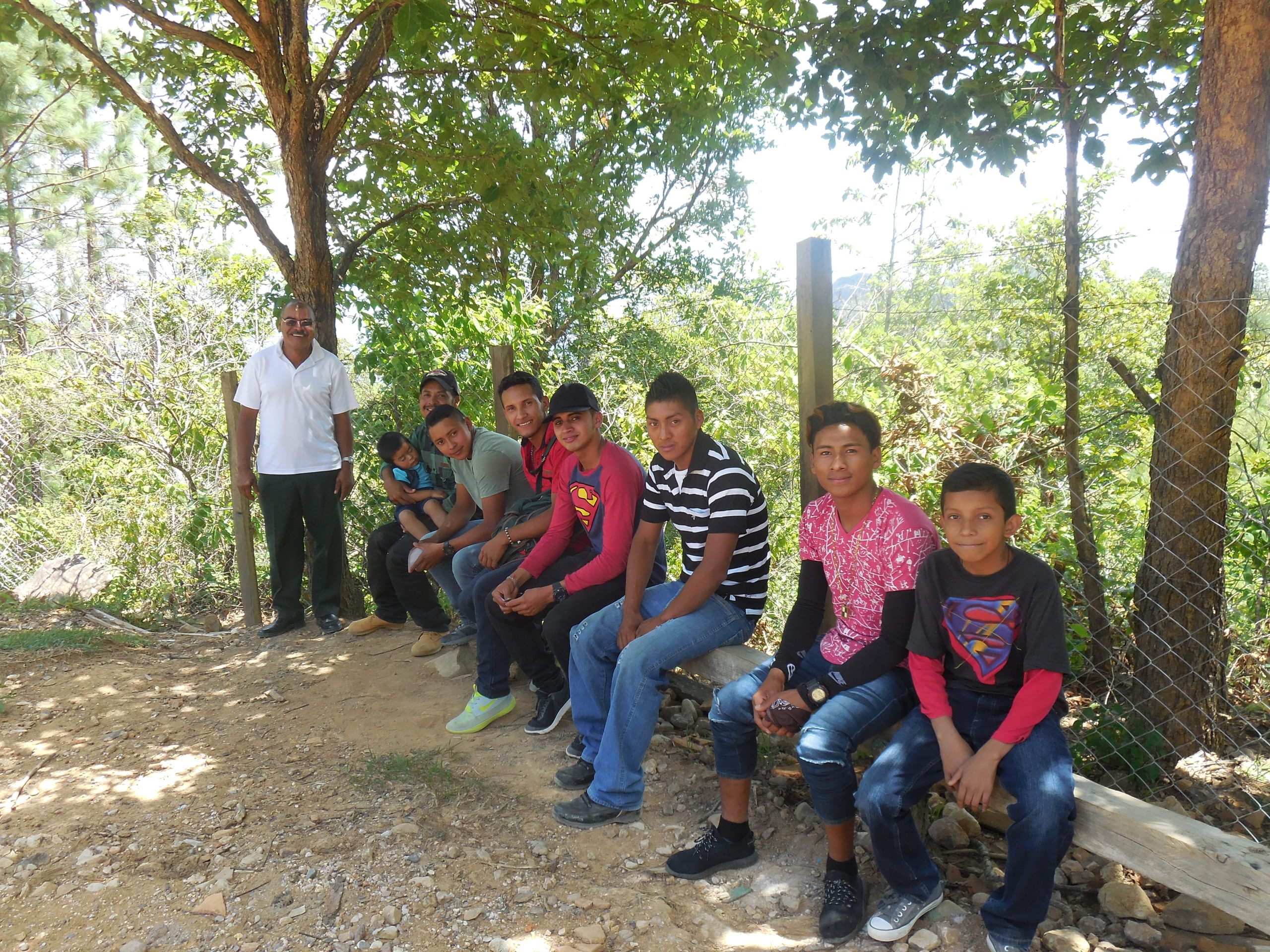Today’s mission hero is one of the most popular and well-known of all the saints, Francis of Assisi. He is usually pictured wearing the brown habit of Franciscan friars with a bird on his finger and animals at his feet.
Giovanni de Pietro di Bernardone was born sometime in 1181 in Assisi. His father was a successful merchant. Both his mother and father were Catholic Christians who passed on the faith to Giovanni.
When his father returned to Assisi from a business trip to France, he added the name “Francesco” to his son’s name. In English-speaking countries, the son has come to be known as Francis.
Like many young men of his time who had plenty of money, Francis loved to party and host lavish banquets for his friends. He also dreamed of one day becoming a knight and living a chivalrous life. So, when he was 20 years old, he joined in the war between Assisi and Perugia.
In the war, Francis was captured and spent a year in captivity. When he was finally released, he was struck down by a serious illness – possibly malaria – that lasted about a year. Still considering himself a soldier, he volunteered to fight once again. In fact, he wanted to follow a Count named Walter of Brienne who, he hoped, would make him a knight. That was not to happen, for when he got to a place called Spoleto, he learned Count Walter had died. This led Francis into depression and a recurrence of his malaria.
It was in Spoleto that Francis had a strange dream that told him to follow the Master, not the servant. He interpreted this to mean he was to follow God, not Walter. This was only the beginning of a dramatic conversion experience in Francis.
One day, as Francis was traveling on his horse, he saw a leper. Now Francis had a great revulsion toward lepers, but on this occasion, he dismounted from his horse, went up to the leper, and kissed the leper’s hand. Francis began nursing lepers from that time on in houses and hospitals when he had free time. He attributed his nursing experience as the beginning and most significant event of his conversion.
Sometime later, Francis heard another voice saying, “Francis, rebuild my church.” Francis at first thought the message was to repair a neighborhood church building called San Damiano. Only later did he come to believe the message was to be a reformer of the Catholic Church at large.
Although Francis’ father was very angry with his son, Francis renounced his inheritance and turned his back on worldly pleasures. After stripping himself naked and giving his father the clothes on his back, he put on a laborer’s smock and dedicated himself to poverty.
For the next two years, Francis lived as a solitary except to nurse the sick, especially those who were poor.
Soon, other men were attracted to Francis and wanted to share in this new mendicant (begging) lifestyle. This led to the creation of the Order of Friars Minor. Later, St. Clare of Assisi and other women would come to follow him and form their own branch of Franciscans.
Brother Francis never felt worthy to be ordained a priest, but he did consent to be ordained a deacon. Francis died on October 3, 1226.
Pope Gregory IX canonized Francis of Assisi on July 16, 1228. St. Francis of Assisi’s feast day is October 4.
St. Francis of Assisi is a patron saint of animals; the environment and environmentalists; San Francisco, California; Naga City, Cebu, Philippines; tapestry workers; and the many branches of the extended Franciscan family.



